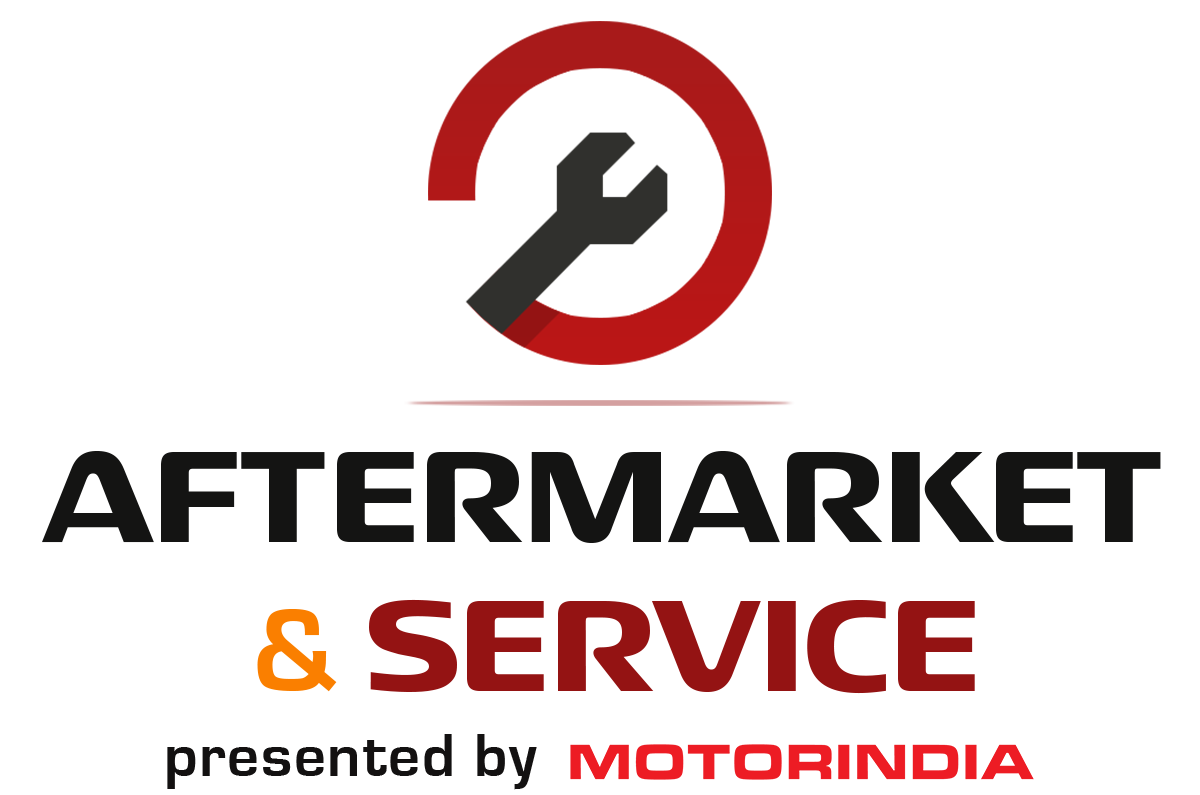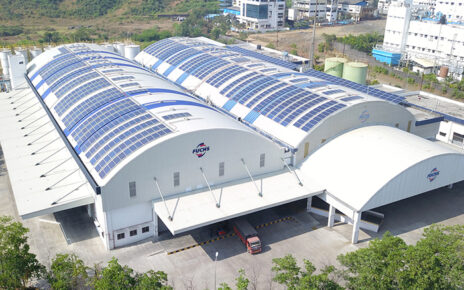By Vairavanthan Shanmugavelu

In the dynamic world of auto components, a significant challenge has emerged with the accumulation of over 5000 Crore worth of inventory, often labeled as “Non-Moving, Dead Inventory.” This stockpile is predominantly found in the godowns of dealers, distributors, and retailers. Various factors contribute to this backlog, including missing part numbers, absent packing boxes, parts rendered obsolete, design alterations, and uncertainty regarding applicability and model compatibility.
The Digital Shift
In today’s digital age, the automotive industry is swiftly transitioning towards digitalization. OEMs and component manufacturers have introduced applications that facilitate both B2B and B2C transactions. These platforms allow users to place orders online, verify stock availability, and access detailed technical and part-related information.
Neglected Retailers
However, it is noteworthy that while efforts are concentrated on retrieving stocks from dealers and distributors, retailers often remain overlooked. This oversight represents a missed opportunity, as retailers constitute a significant segment of the market. Recognizing this, it becomes imperative for OEMs and component manufacturers to extend their focus towards this crucial link in the supply chain.

The C2C Paradigm
To bridge this gap, it is essential for OEMs and component manufacturers to adopt a C2C business model. This revolutionary approach holds immense potential for the industry. By implementing this model, retailers can effectively utilize up to 30% of their stagnant inventory, consequently reducing financial strain. Furthermore, auto component users would see a fulfillment rate of their requirements.
In today’s competitive landscape, some obsolete parts are still in demand, but the supply chain often fails to meet this requirement. The C2C model addresses this issue by providing a platform for customers to generate inquiries and facilitate transactions within the same ecosystem. This not only streamlines the process but also ensures that every party involved benefits from this mutually advantageous arrangement.
Conclusion
In a rapidly evolving industry, adaptability is key to success. The implementation of a C2C business model stands as a progressive step towards resolving the issue of non-moving inventory. It not only empowers retailers but also serves as a catalyst for smoother transactions and greater customer satisfaction. By embracing this paradigm shift, OEMs and component manufacturers have the opportunity to revolutionize the auto components industry for the better.




